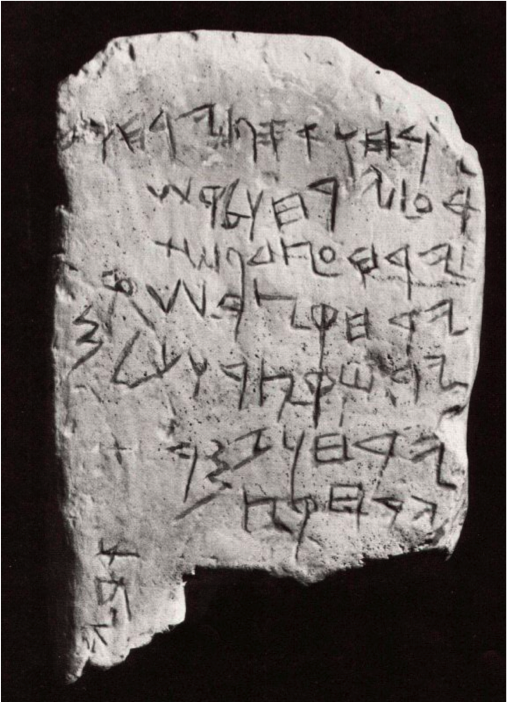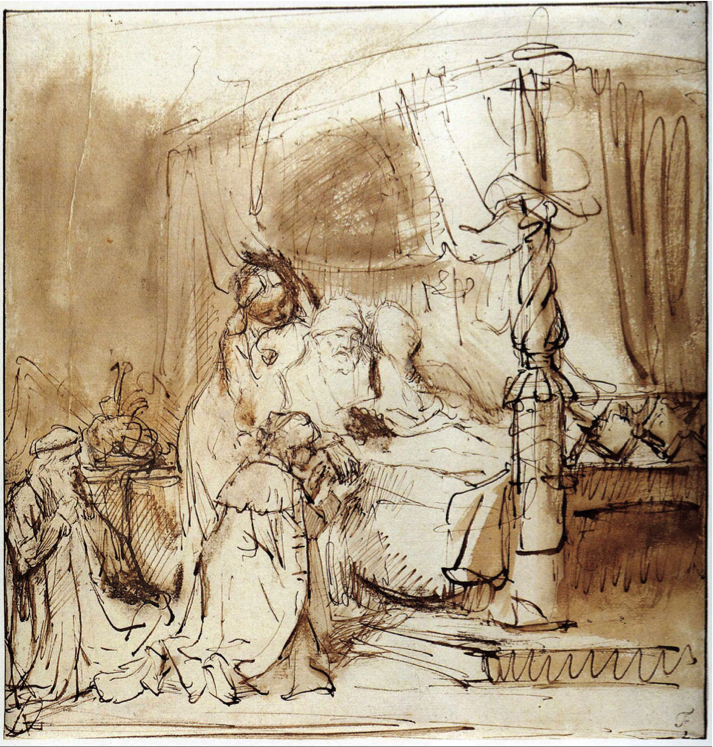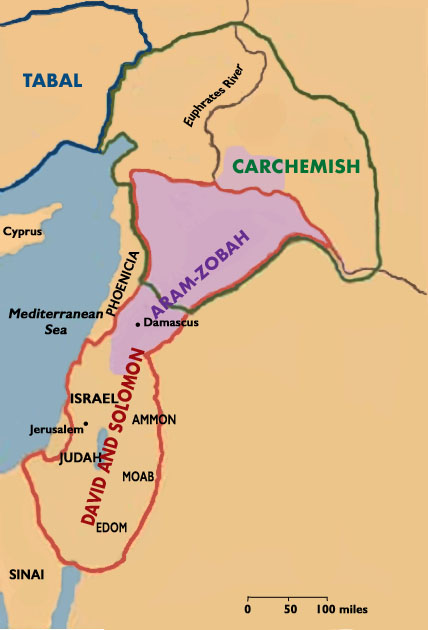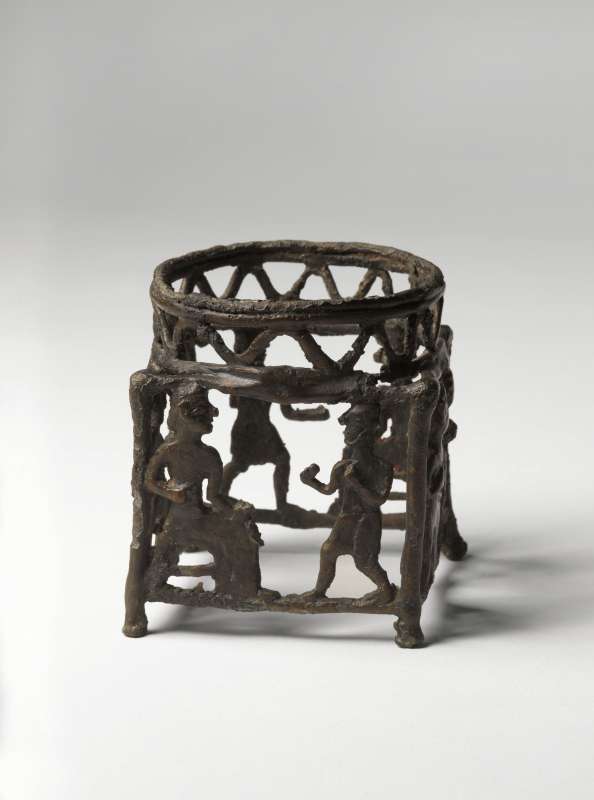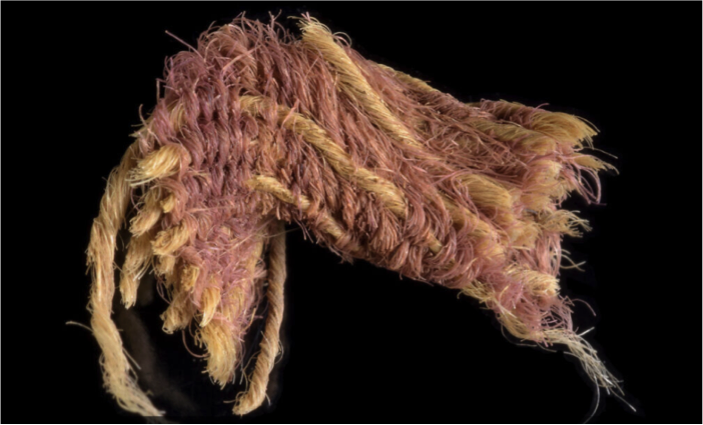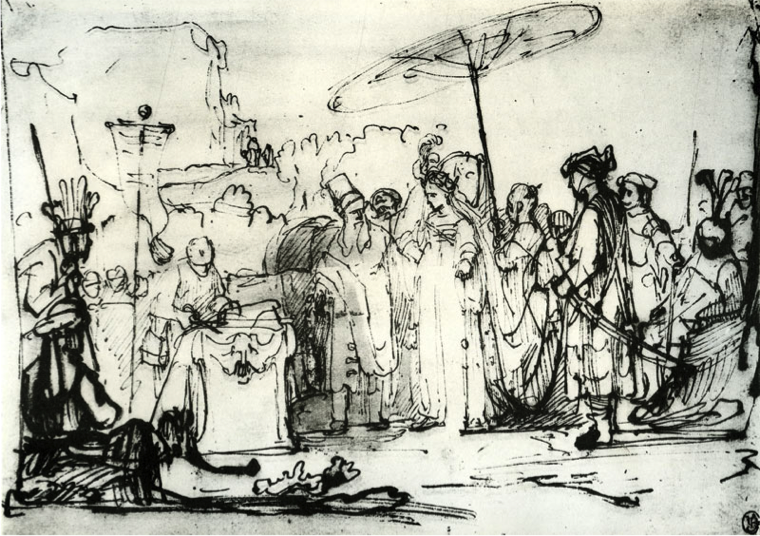1000 - 900 BCE
King Solomon
City of David Megalim Institute
Timeline of King Solomon
- c. 982 BCE Bathsheba gives birth to Solomon.
- c. 970 BCE David dies and Solomon becomes King.
- c. 930 BCE Solomon dies. His kingdom is divided into the 10 “lost” tribes of Israel under King Jeroboam and the 2 Southern tribes of Judea and Benjamin under King Rehoboam.
- c. 925 BCE The Pharaoh Shoshenq (Shishak) invades Israel and raids the Temple of Solomon.
Replica, Israel Museum, Jerusalem
Biblical Archaeology Society
The Israelite Temple of King Solomon
c. 960 BCE
The City of David Archives
City of David Megalim Institute, Courtesy of George Blumenthal and the Gol Family
The Veil of Purple In King Solomon’s Temple
2 Chronicles 3:14
The Temple Construction
“He made the curtain of blue, purple, and crimson yarn and fine linen, and he worked cherubim into it.”
Royal purple fabric found in Israel in 2021, dating to the time of King Solomon.
Israel Antiquities Authority
The Walls of Solomon
1 Kings 9:15
This was the purpose of the forced labor which Solomon imposed: It was to build the House of the LORD, his own palace, the Millo, and the wall of Jerusalem, and to fortify Hazor, Megiddo, and Gezer.
Solomon’s Wall in Jerusalem, Discovered in 2010 by Eilat Mazar, Israel Antiquities Authority
7th Century BCE South Arabian Inscription Documenting Trade between Sheba and the "towns of Judah"
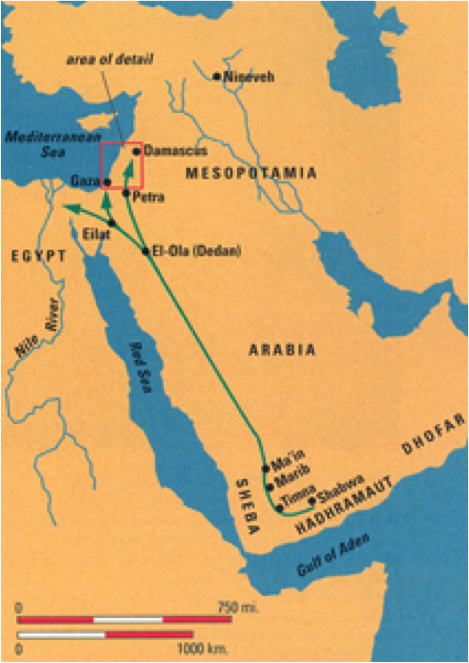

This inscription mentions a trading expedition of the kingdom of Sabaea (Biblical Sheba) to ’HGR YHD," translating to the “towns of Judah.”
Photo by André Lemaire
Trade Route from Sheba
Biblical Archaeology Society
King Solomon’s Wealth
1 Kings 10:14-16
"The weight of gold that came to Solomon each year was 666 talents…”
“King Solomon made two hundred large shields of hammered gold; six hundred shekels of gold went into each shield.”
The Death of King Solomon, c. 930 BCE
1 Kings 11:42-43
Thus the time that Solomon reigned in Jerusalem over all Israel was forty years.
And Solomon rested with his fathers and was buried in the city of his father David.
Solomon's Kingdom is Divided into the Northern Kingdom of Ten Tribes of Israel and the Southern Kingdom of Judea and Benjamin
1 Kings 11:31
Prophet Ahijah of Shilo said: “…for this is what the LORD, the God of Israel, says: ‘Behold, I will tear the kingdom out of the hand of Solomon, and I will give you (Jeroboam I) ten tribes (leaving the tribes of Judea and Benjamin to Rehoboam, the son of Solomon).”
Jeroboam's Idolatry
1 Kings 12:28-29
The king (Jeroboam I) made two golden calves… One he set up in Bethel, and the other in Dan.
Bronze Bull from Samaria, 12th Century BCE
Israel Museum / Israel Antiquities Authority
Biblical Archaeology Society
University of Chicago Oriental Institute
created with
WordPress Website Builder .
